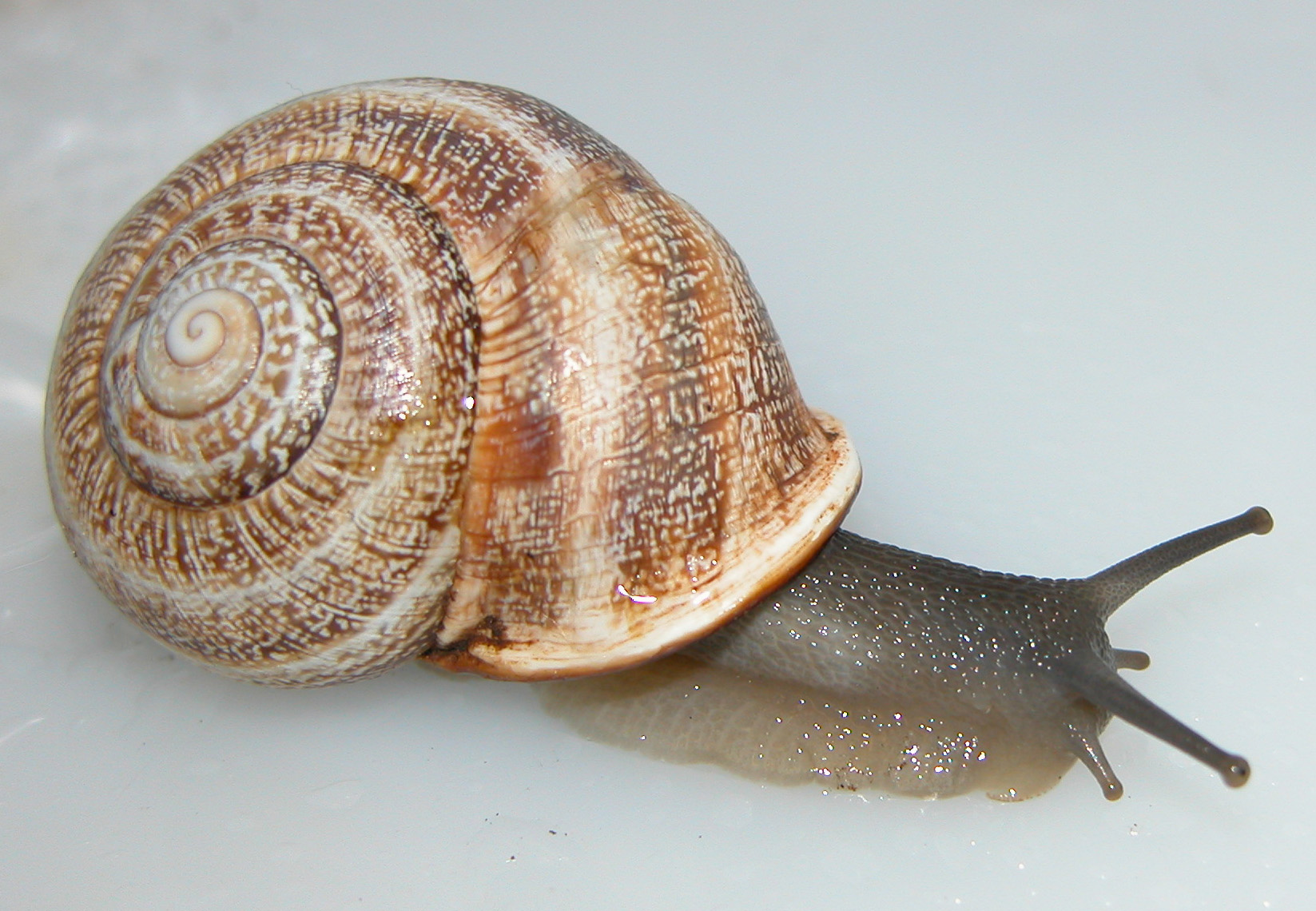Otala lactea is the edible snail of “escargot” fame. This snail is native to the seasonally arid lands surrounding the Mediterranean Sea where it has a nocturnal lifestyle. When environmental conditions are dry and food is scarce, this pulmonate gastropod mollusc enters a hypometabolic state known as estivation. In some cases, the snails may estivate continuously for many months but they can arouse and emerge from their shells in as little as 10-15 minutes when high humidity is detected or they are sprayed with water. When active, the snail must eat ravenously and accumulate adequate body fuel reserves to enable its survival over many months of dormancy. Conservation of water and fuel is crucial to estivation success and snails use a variety of physiological, behavioural, and biochemical adaptations to achieve this. Snails strongly reduce their metabolic rate to levels just 20-30 % of their normal resting rate, thereby conserving fuel consumption. To minimize water loss, snails seal over the opening of their shells with an epiphragm made of layers of dried mucus, leaving just one small area, called the pneumostome, for breathing. Water loss is also reduced by using a discontinuous (apnoic) pattern of breathing where a breath is taken only a few times per hour. Each breath is triggered when CO2 in the lung rises to a critical level.
Our work on milk snails so far!
